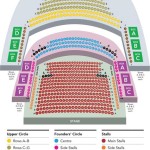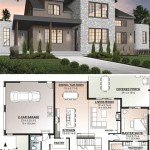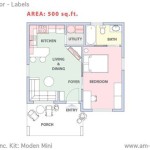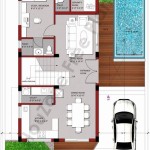Essential Aspects of Building Plans For Mountain Homes
Building a mountain home is a dream for many, but it's important to approach the project with careful planning and preparation. One of the most critical aspects of this process is creating a comprehensive building plan that outlines every detail of your future home.
Site Analysis and Topography
The first step in creating building plans for mountain homes is to conduct a thorough site analysis. This involves studying the terrain, soil conditions, and slopes to determine the best location for your home. Topography plays a significant role in shaping the design and layout of the building, particularly in mountainous areas with steep slopes and uneven ground.
Climate Considerations
Mountain climates can be harsh and variable, so it's essential to consider the local climate when designing your home. Factors such as wind direction, snow loads, and temperature extremes should be taken into account to ensure the building is structurally sound and comfortable to live in. Incorporating energy-efficient features, such as proper insulation and airtight construction, is crucial for managing heating and cooling costs.
Floor Plan and Design
The floor plan of your mountain home should be carefully considered to maximize functionality and comfort. Open floor plans with large windows create a sense of spaciousness and provide panoramic views of the surrounding scenery. Incorporate designated living, dining, and sleeping areas while ensuring proper flow and accessibility throughout the home.
Materials and Construction Methods
The choice of materials and construction methods for mountain homes is critical due to the unique environmental conditions. Durable materials, such as stone, brick, or metal, can withstand harsh weather and potential wildlife encounters. Consider using fire-resistant materials to minimize the risk of wildfires. Employing energy-efficient construction practices, such as passive solar design and rainwater harvesting, can reduce environmental impact and lower operating costs.
Sustainability and Environmental Impact
Building a mountain home responsibly involves taking into account its environmental impact. Incorporate green building practices, such as using sustainable materials, minimizing energy consumption, and preserving natural surroundings. Employ water-saving fixtures, low-impact landscaping, and energy-efficient appliances to reduce your home's ecological footprint.
Permitting and Regulations
Before commencing construction, it's essential to obtain the necessary permits and building approvals. Mountain homes may be subject to specific building codes and regulations, such as fire safety requirements, setback distances, and environmental protection laws. Working with a qualified architect or contractor who is familiar with local regulations will ensure compliance and avoid costly delays.

Single Story 4 Bedroom Modern Mountain Home With Optional Lower Level Floor Plan Plans House

Small Mountain House Plans Houseplans Blog Com

Modern Mountain Home Plan With Light And Airy Floor 54240hu Architectural Designs House Plans

Small Mountain Cabin Plan By Max Fulbright Designs Floor Plans House

Mountain Home Floor Plans We Love Blog Eplans Com

Small Mountain House Plans Houseplans Blog Com
:max_bytes(150000):strip_icc()/bitterroot-b0a6d7cc5d7c464d97a5670a4d2d3a57.jpg?strip=all)
34 Best Mountain House Plans For Your Vacation Home

Mountain House Plans Style Home Designs

Stunning Open Floor Plan In The Adirondack Mountain House

Two Story Mountain Home With 4 Primary Bedrooms Floor Plan








